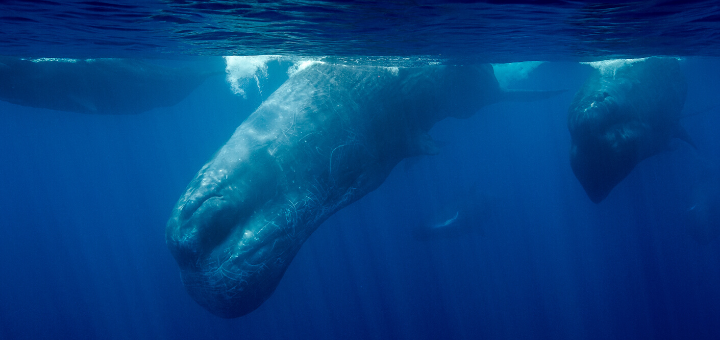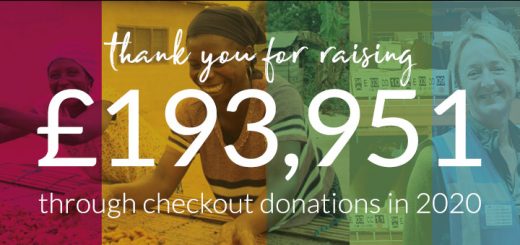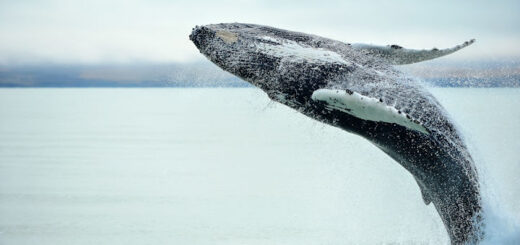
WDC’s Green Whale Campaign – Guest Blog
If it’s taught us anything, the coronavirus crisis has shown us that we need to be willing to make changes in our lives to ensure that our neighbours, both locally and globally, survive.
The pandemic has also taught us that we need to take collective responsibility as a species. No longer can we tolerate the behaviour of any nation or group that is willing to trash the planet for their own selfish ends whilst expecting us to pick up the tab for their destruction of wildlife and the environment.
As we move through this challenge we need to re-engage with another: the climate emergency. A problem this huge needs a big solution and they don’t come much bigger than whales!
Did you know that whales are our allies in fighting climate change? They play an amazing role in an ecosystem that keeps every creature on Earth alive, including you. Whales feed in the depths of the ocean and come up to the surface to breathe, and something else they do near the surface is poo! Whale poo helps to fertilise tiny organisms called phytoplankton and phytoplankton are the second ‘lung’ of the planet. Like trees, they absorb carbon dioxide, providing half of the world’s oxygen. Put another way, whales help to give you every other breath you take – I don’t know about you but I think that’s pretty amazing.
Whales have another climate role to play too. When a whale dies, the carcass sinks to the bottom of the ocean where it traps carbon dioxide that would otherwise be in our atmosphere. So every time a whale is hunted, we not only lose a remarkable fellow being but also rob future generations of the very allies we need in our fight against climate change. I’ve estimated that over his or her lifetime, every great whale lost, is the equivalent to removing over 180,000 carbon-capturing trees; that’s the same as bulldozing over 740 acres, or 3 million metres2 of forest (1).
Whaling killed almost three million whales in the twentieth century alone. If those whales hadn’t been killed and their descendants were alive and helping to stimulate phytoplankton growth, the ocean could be providing us with a source of enhanced carbon capture equivalent to an additional 9 trillion m2 of trees (2) or 1.8 Amazon rainforests.
That’s why, on this World Oceans Day, WDC, Whale and Dolphin Conservation, is championing ocean recovery through whale recovery. If the ocean is the planet’s natural health service, then whales are among its essential workers and we all have a responsibility to protect them.
When you buy from our friends at Ethical Superstore, and donate to WDC at checkout, you’ll help us make sure more whales will be alive in years to come to help us battle the climate crisis and act as symbols of how humanity can share this planet with the remarkable creatures we are privileged to live alongside.
Read more about WDC’s Green Whale Campaign here
Chris Butler-Stroud is the CEO of Whale and Dolphin Conservation (WDC). WDC is the leading charity dedicated to the protection of whales and dolphins. They have one vision which is a world where every whale and dolphin is safe and free. Find out more at https://uk.whales.org/
Photography: Drew Sutton #Eco2Drew
1 – WDC Calculates that one whale living 60 years captures carbon to the equivalence of 186,000 trees. The Amazon has a density of 450-750 trees a hectare, so taking 600 as an average, we have 300 hectares. 1 hectare = 10,000m2. Thus 300 hectares = 3,000,000m2. 2 – The Amazon is estimated at 5.5 trillion m2., Therefore, 3 million more whales would give 9 trillion square metres and that’s 1.8 Amazons lost.



